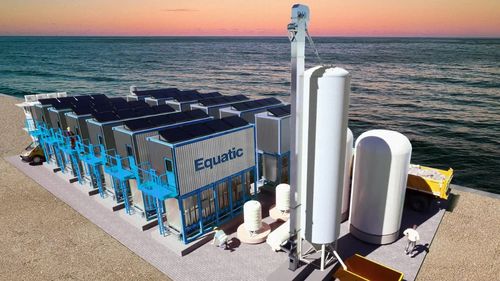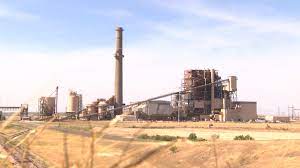TPG Rise Climate, the dedicated climate investing strategy of TPG’s global impact investing platform TPG Rise, has signed a definitive agreement to acquire AmSpec Group, Inc., one of the fastest growing Testing, Inspection, and Certification (TIC) companies specializing in energy, commodities, and fuels.
AmSpec’s existing majority shareholder, Olympus Partners, will retain a minority interest in the company. Additional terms of the investment were not disclosed.
Goldman Sachs and Baird served as financial advisors and Morgan Lewis served as legal counsel to AmSpec in relation to the transaction.
Founded in 1986, AmSpec operates an extensive global footprint of over 300 inspection sites and laboratories throughout 61 countries, many of which are located at key industrial centers, ports, or trade hubs. AmSpec’s core service involves testing and certifying the performance and emission qualities of fuels or commodities at each stage along the value chain.
By monitoring and reporting to regulators and independent certification bodies, AmSpec plays a key role in emissions controls and enforcement on conventional fuels, while also increasingly facilitating the penetration of biofuels, hydrogen, sustainable aviation fuel, and other alternatives throughout the global fuel system.
“As part of its broad set of services, AmSpec has developed deep expertise in the control of pollutants and emissions factors in legacy fuels, and they will play a critical role in processing, testing, and certifying the growing volume of increasingly complex renewable fuels that we see coming online,” said Marc Mezvinsky, Partner at TPG and senior member of its climate investing team. “We are thrilled to be investing in AmSpec’s best-in-class lab network at this inflection point in the global fuels mix, and we look forward to working closely with the management team to enter new markets and accelerate the global energy transition.”
As part of the transaction, Mezvinsky will join AmSpec’s Board of Directors along with TPG Rise Climate’s Roger Stone and Tracy Wolstencroft, a TPG Senior Advisor who served as former president and CEO of both the National Geographic Society and executive search and management consulting company Heidrick & Struggles. He also served as former chair of Goldman Sachs’ clean energy technology practice.
“Our commitment to innovation and service has made us a leader in the industry, and we are excited about what we will be able to accomplish with this new partnership. TPG Rise Climate has the resources, network, and vision to drive our next phase of growth, particularly as global supply chains rapidly change and the flows of critical molecules begin to transition,” said Matt Corr, CEO of AmSpec. “Our team is fully aligned with TPG on capturing the opportunity set in front of us and we are grateful to have Olympus’s continued partnership and support.”
The transaction is subject to regulatory review and customary closing conditions and is expected to close in the fourth quarter of 2023.








